Michael Novosad
Reviews By Author
Tornado IDS/ECRPublished:
Background and HistoryThanks to Wikipedia The Panavia Tornado is a family of twin engine, variable-sweep multirole combat aircraft, jointly developed and manufactured by Italy, the United Kingdom, and West Germany. There are three primary Tornado variants: the Tornado IDS (interdiction/strike) fighter-bomber, the suppression of enemy defenses, Tornado ECR (electronic/combat/reconnaissance) and the Tornado ADV (air defense variant) interceptor aircraft. The Tornado was developed and built by Panavia Aircraft GmbH, a tri-national consortium consisting of British Aerospace (previously British Aircraft Corporation), MBB of West Germany, and Aeritalia of Italy. It first flew on 14 August 1974 and was introduced into service in 1979–1980. Due to its multi-role… more |
|
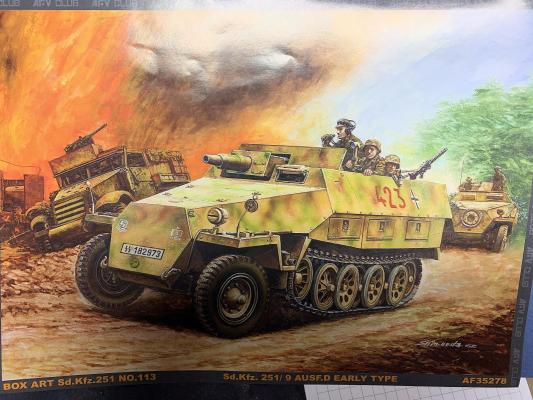
|
Sd.Kfz.251/9 Ausf D (Early)Published:
Brief History from WikipediaThe Sd.Kfz. 251 halftrack was a World War I German armored fighting vehicle designed by the Hanamag company, based on its earlier unarmored Sd. Kfz 11 vehicle. The Sd.Kfz. 251 was designed to transport the Panzergrenadier (German mechanized infantry) into battle. Sd.Kfz. 251s were the most widely produced German halftracks of the war, with at least 15,252 vehicles and variants produced by seven manufacturers. Some sources state that the Sd.Kfz. 251 was commonly referred to simply as "Hanomags" by both German and Allied soldiers after the manufacturer of the vehicle; this has been questioned, and may have been only a postwar label. German officers referred to them as SPW (Schützenpanzerwagen, or armored infantry vehicle) in their daily orders and… more |
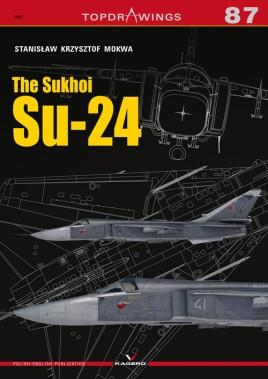
|
The Sukhoi Su-24Published:
Overview from the PublisherSu-24 (Fencer) is a Soviet jet bomber with variable-geometry wings. The aircraft was supposed to be a response to the American F-111, and therefore it's structurally similar. Su-24 can operate in any weather conditions, also at night. It was designed to carry tactical nuclear as well as tactical weapons. In the 1960s, the military command of the Soviet Union set requirements for a new attack aircraft that would be able to operate despite strong anti-aircraft defense of NATO troops. The aircraft was expected to fly at low altitude at a high speed. Initially, it was based on Su-7 and Su-15 airframes, but due to the decision to use a variable-geometry wing, it was necessary to build a completely new structure. Variable geometry allowed to… more |
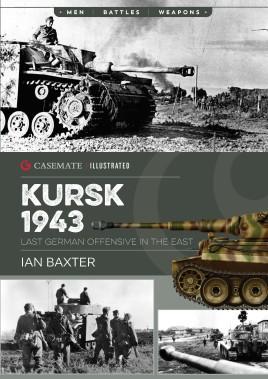
|
Kursk 1943 Last German Offensive in the EastPublished:
Ian Baxter is a military historian who specializes in German twentieth-century military history. He has written more than forty books and over 100 articles about the World War II era. He has reviewed numerous military studies for publication and supplied thousands of photographs and important documents to various publishers and film production companies worldwide. The Author is an avid collector of WW2 photographs. His previous books in this Series include Hitler’s Boy Soldiers, Nazi Concentration Camp Commandants, German Army on the Eastern Front – The Advance, German Army on the Eastern Front – The Retreat, The Crushing of Army Group (North), and the SS Waffen Division series including SS Leibstandarte Division and SS Totenkopf Division At War. He lives near Chelmsford, Essex… more |
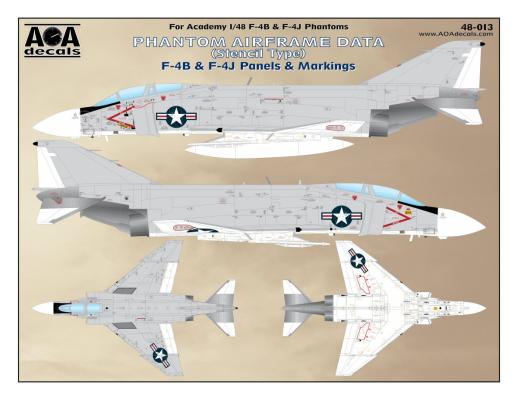
|
Phantom Airframe Data (Stencil Type)Published:
This decal sheet provides the extensive F-4 Phantom airframe data (including panel numbers/labels) for either an F-4B or F-4J. The airframe data provided is the painted (open stencil) type of markings commonly seen in the mid/late 1960's into the early 1970's on reworked USN/USMC F-4B and F-4J Phantoms (illustration shows the F-4J but the F-4B specific markings are provided). Note that this is not the original new factory printed (full letter) type of airframe data - check subject for which type of airframe data was applied for a specific F-4. Decal Sheet ContentsTwo sheets of decals are included in the large zip-lock bag. The national insignia is provided on the smaller (nominal 4" by 4") sheet and the stencils and other markings are on the larger ( nominal… more |
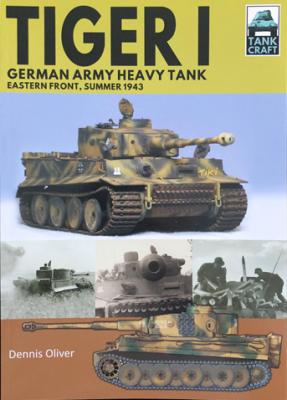
|
Tiger I German Army Heavy Tank Eastern Front, Summer 1943Published:
Information from the PublisherThe Tiger I tank, probably the most famous German armoured vehicle of the Second World War, might have been a war-winning, break-through weapon if it had been produced in sufficient numbers and if it had been introduced earlier on the Eastern Front, before the balance of strength had tipped towards the Soviet Union. At the Battle of Kursk there were not enough Tigers to make a decisive difference and thereafter the Tiger was forced to play a mainly defensive role as the Wehrmacht struggled to withstand the advances of the Red Army. And it is this period in the Tiger tank’s short history that Dennis Oliver concentrates on in this, his third book on the Tiger in the TankCraft series. He uses archive photos and extensively researched colour… more |
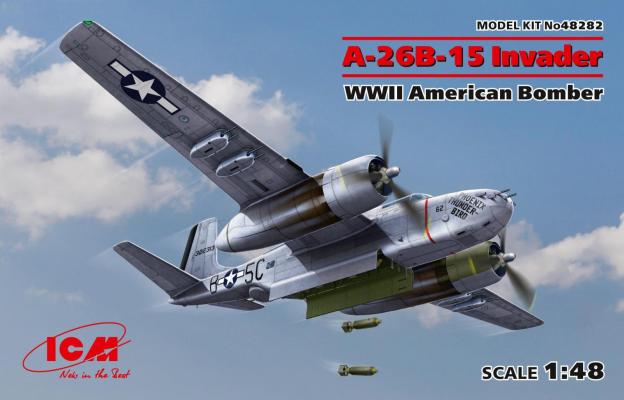
|
A-26B-15 InvaderPublished:
Brief History (from Wikipedia)The Douglas A-26 Invader (designated B-26 between 1948 and 1965) is an American twin-engined light bomber and ground attack aircraft. Built by Douglas Aircaft Company during World War II, the Invader also saw service during several major Cold War conflicts. A limited number of highly modified United Sates Air Force aircraft served in Southeast Aisa until 1969. It was a fast aircraft capable of carrying a large bomb load. A range of guns could be fitted to produce a formidable ground-attack aircraft. A re-designation of the type from A-26 to B-26 led to confusion with the Martin B-26 Marauder which first flew in November 1940, some 20 months before the Douglas design's maiden flight. Although both types were powered by the widely used… more |
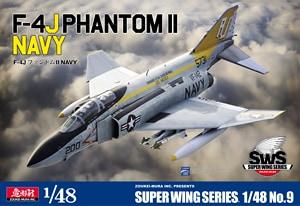
|
F-4J Phantom - Base Kit Construction, Part 1Published:
Brief History (Exerpts from Wikipedia)The McDonnell Douglas F-4 Phantom II is a two-seat, twin engine, all-weather, long-range supersconic jet fighter-bomber and interceptor originally developed for the United States Navy by McDonald Aircraft. It first entered service in 1960 with the Navy. Proving highly adaptable, it was also adopted by the United States Marine Corps and the United States Air Force, and by the mid-1960s had become a major part of their air arms. The Phantom is a large fighter with a top speed of over Mach 2.2. It can carry more than 18,000 pounds of weapons on nine external hardpoints, including air-to-air missiles,air-to-ground missiles, and various bombs. The F-4, like other interceptors of its time, was initially designed without an internal cannon… more |
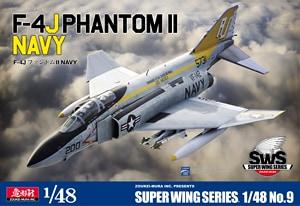
|
F-4J Phantom New Ware Exhaust Masks, Part 4Published:
The KitRefer to Part 1 for the base construction of this fine model kit. Aftemarket Accessories UsedSeveral months ago I had the opportunity to review the New Ware exhaust mask set that I had originally planned to use on a Zoukei Mura F-4S Phantom sometime later. However with the opportunity to build and review the "J" version I decided now is the time to utilize this set. Since the Zoukei Mura Phantom have had their fair share of reviews I will focus my efforts on describing the use of the New Ware exhaust masks. See my earlier review. Exhaust… more |
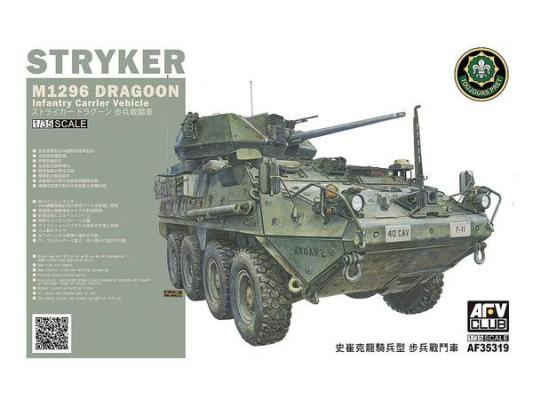
|
AFV Stryker DragoonPublished:
Brief History from WikipediaThe IAV (Interim Armored Vehicle) Stryker is a family of eight-wheeled armored fighting vehicles derived from the Canadian LAV III. Stryker vehicles are produced by General Dynamics Land Systems Canada for the United Staes Army. It has 4-wheel drive (8×4) and can be switched to all-wheel drive (8×8). The vehicle is named for two unrelated U.S. soldiers who posthumously received the Medal of Honorr: Private First Class Stuart S Stryker, who died in World War II, and Specialist Four Robert F Stryker, who died in the Vietnam War. In April 2019, the Army decided to add cannon armament to Stryker DVH ICVVA1 vehicles in three brigades; the first is planned to be equipped in 2022 The KitMy first step was to inventory the sprues… more |
